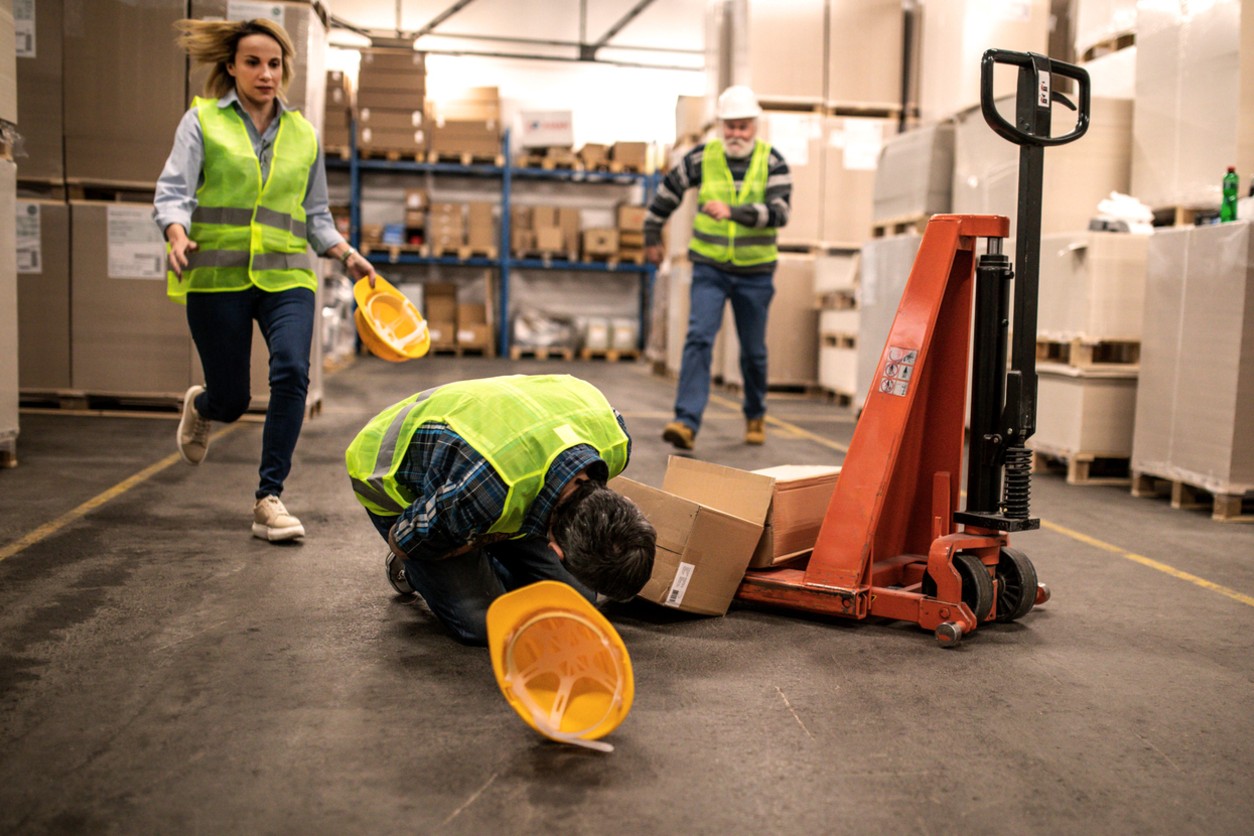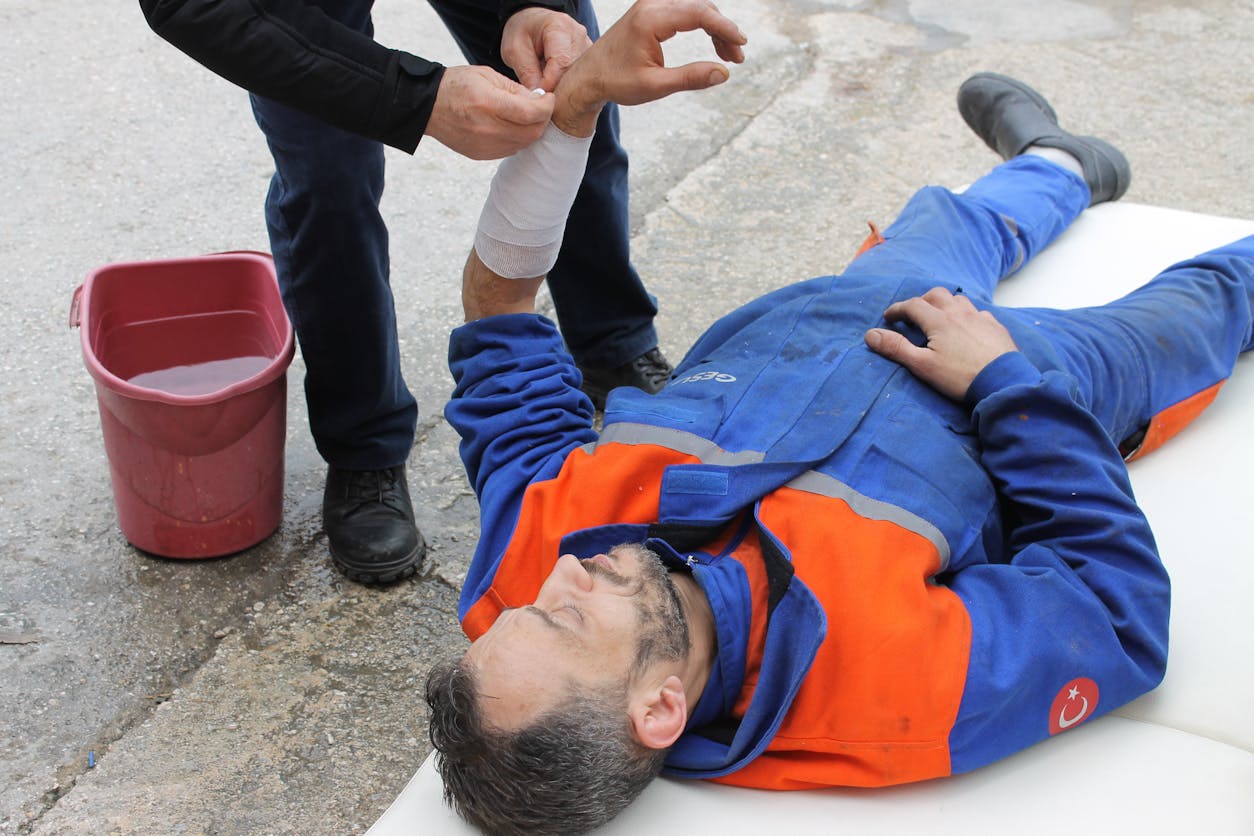Across the UK, millions of people work alone every day. From delivery drivers and estate agents to community nurses and night-shift cleaners, lone working spans every sector. It can mean being out in the field away from colleagues, working in a public-facing role with no immediate backup, or even carrying out tasks in a quiet corner of a building where no one else is nearby.
For employers, lone working brings unique challenges. When staff are away from direct supervision, how can you be sure they’re safe? And what does the law expect from you? Let’s look at the responsibilities UK employers have, and the practical steps you can take to protect your people.
What counts as lone working?
The Health and Safety Executive (HSE) defines lone workers as those who work without close or direct supervision. That doesn’t always mean they’re physically isolated – an estate agent showing clients around a property, or a shop worker closing up late at night, are both classed as lone workers. Even home workers can fall into this category, since they’re separated from their team and lack immediate support.
It’s estimated that around one in five UK workers operates alone at least some of the time. That’s a huge proportion of the workforce, which makes it all the more important for employers to understand their duties.
What does the law say?
Lone working itself isn’t illegal. For many roles, it’s perfectly safe. But employers have a clear duty to identify the risks and put measures in place to manage them. This duty comes from core legislation:
- The Health and Safety at Work Act 1974 – requiring employers to ensure, as far as is reasonably practicable, the health, safety and welfare of employees.
- The Management of Health and Safety at Work Regulations 1999 – requiring risk assessments to identify hazards, evaluate risks, and decide on suitable control measures.
In practice, this means you must think about whether the work can safely be done alone, assess the risks, and provide systems of support. The responsibility always sits with the employer – you can’t simply transfer it to the worker themselves.
Assessing the risks
A thorough risk assessment is the foundation of lone worker safety. Start by considering the tasks involved and the environment in which they’re carried out. Is the worker at risk of violence or aggression from members of the public? Could they face medical emergencies without anyone nearby to help? Are there physical hazards such as working at height, in confined spaces, or with machinery that requires more than one person?
The assessment should be specific, not generic. A community nurse visiting patients will face different challenges from a utility engineer working in remote areas. By tailoring your approach, you can put in place control measures that really work.
Keeping in touch
One of the simplest but most effective safeguards is maintaining regular communication. Lone workers should never feel completely cut off. Depending on the role, this might mean scheduled check-in calls, mobile phone contact, or dedicated lone worker devices that can raise an alarm at the press of a button.
Technology has made this easier. GPS-enabled apps, personal safety alarms and even wearable devices can provide reassurance and rapid response if something goes wrong. But whatever system you use, the key is that it works reliably for your people and is backed up by clear procedures for responding to alerts.
Training and support
It’s not enough to hand a worker a phone and hope for the best. Training is essential. Lone workers should be confident in recognising risks, knowing what to do in an emergency, and understanding the limits of what can be done safely on their own. They also need to feel supported – able to raise concerns without fear of criticism.
For some businesses, this may mean running specific lone worker training sessions, covering everything from conflict management to personal safety awareness. For others, it might be refresher briefings and clear written guidance. The aim is to give people the knowledge and confidence they need to manage risks sensibly.
Building a culture of care
Policies and procedures matter, but so does culture. Lone workers should know that their safety is valued just as much as anyone else’s. Encouraging staff to speak up about concerns, involving them in risk assessments, and making sure they know how to access help all contribute to a safer, more supportive environment.
How The Health & Safety Dept can help
We understand that managing lone working can feel daunting. The risks aren’t always obvious, and the law can seem complicated. That’s why The Health & Safety Dept works with employers across the UK to make things simpler.
Our experts carry out tailored risk assessments for lone working, develop clear policies, and provide practical training programmes to empower your staff. Whether you need help setting up communication systems, reviewing your current arrangements, or creating a lone worker policy from scratch, we’ll support you every step of the way.
With our guidance, you can feel confident that your business is meeting its legal duties – and, more importantly, that your people are safe and supported when working alone.
If you’d like expert advice on developing a lone worker policy or ensuring your current arrangements are robust, get in touch with The Health & Safety Dept. Together, we’ll make sure your people are never truly alone when it comes to their safety.











